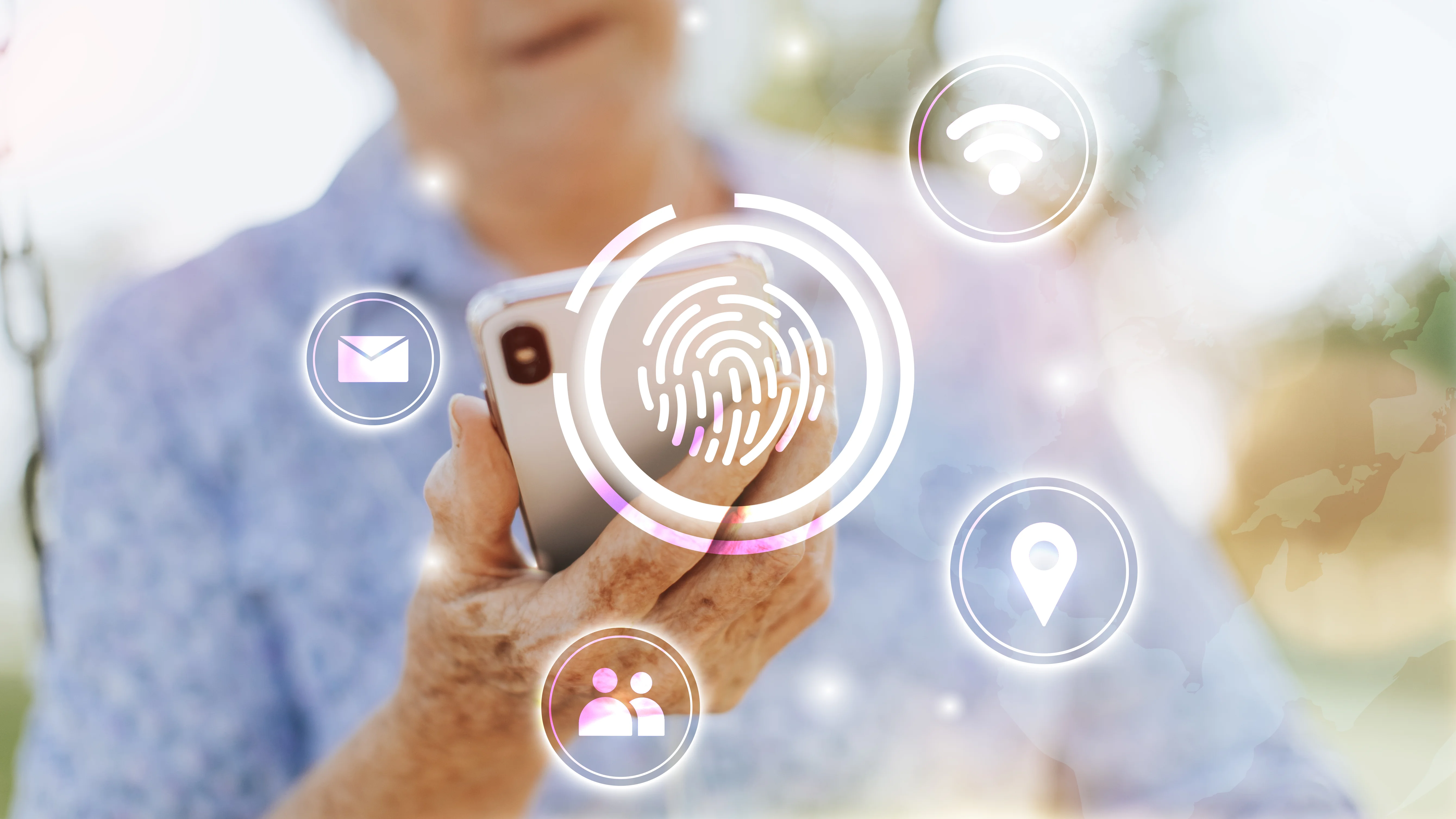Índice
In today's digital world, our interactions extend far beyond physical spaces. We engage in online shopping, banking, social networking, and countless other activities that require a digital presence. What is digital identity? Essentially, it's the unique representation of an individual in the online realm, comprised of personal information used to verify and authenticate one's identity. It's the digital equivalent of a passport, allowing you to gain access to various digital services.

It's crucial to differentiate between a digital identity and a user. A user is simply someone who interacts with a digital system, while a digital identity is the specific information used to verify that user's identity. For instance, when you create an account on a social media platform, you're a user. The information you provide, such as your name, email address, and date of birth, collectively forms your digital identity on that platform.
There are several types of digital identities, each serving different purposes:
Managed Digital Identities: These are typically controlled by organizations, such as government agencies or corporations. Examples include social security numbers and employee IDs.
Federated Digital Identities: This type involves using credentials from one service to access another, like using your Google account to log in to a different website.
Self-Asserted Digital Identities: These identities rely on information provided by the individual without external verification. Creating an online profile with basic details is an example.
Managing your digital identity is crucial in today's interconnected world. Digital identity management involves protecting and controlling your personal data across various online platforms. It encompasses activities like creating strong passwords, enabling multi factor authentication (MFA), and being cautious about sharing personal information.
Identity attributes are the specific pieces of information that make up a digital identity. These can include:
Demographic information: Name, age, gender, location
Biometric data: Fingerprints, facial recognition, iris scans
Behavioral data: Online habits, purchasing patterns
Credential-based information: Usernames, passwords, security questions
Digital identifiers are unique markers used to recognize individuals or entities in the digital realm. Some common types include:
Usernames and passwords: Traditional but less secure method of identification.
Biometric authentication: Using physical characteristics like fingerprints or facial recognition for verification.
Tokens: Small data packages that verify identity for a specific transaction.
Digital certificates: Electronic documents that certify the identity of individuals or organizations.
Protecting your digital identity is essential to prevent identity theft and safeguard your personal data. Here are some key tips to improve your cybersecurity:
Create strong, unique passwords for each account.
Enable multi factor authentication (MFA) whenever possible.
Be cautious about sharing personal information online.
Regularly monitor your financial accounts and credit reports.
Use reputable websites and online services.
Keep your software and devices up-to-date with the latest security patches.
A robust digital identity is becoming increasingly crucial in various aspects of our lives. From opening a bank account to applying for a job, our online identities serve as digital passports. It's essential to understand that your digital identity is more than just a collection of usernames and passwords. It encompasses your online reputation, financial history, and personal preferences.
Building and maintaining a positive digital identity can open doors to opportunities, while a compromised one can lead to significant consequences. Therefore, it's vital to be mindful of the information you share online and to protect your personal data diligently.
Verifying and authenticating a digital identity is a complex process involving various technologies and protocols. Identity and access management (IAM) systems play a pivotal role in managing this process by ensuring that only authorized individuals can access specific resources or information.
Biometric authentication has emerged as a strong method of verifying identity, as it relies on unique physical characteristics. For instance, fingerprint scanners, facial recognition, and iris scanning offer enhanced security compared to traditional methods. However, it's essential to balance convenience with security when implementing biometric authentication.
The landscape of digital identity is constantly evolving. Emerging technologies like blockchain and decentralized identifiers (DIDs) are poised to revolutionize how we manage and control our online identities. These advancements promise to provide greater security, privacy, and individual control over personal data.
Additionally, there's a growing emphasis on interoperability, allowing individuals to seamlessly transfer their digital identities between different platforms and services. As the digital world continues to expand, it's crucial to stay informed about the latest trends and developments in digital identity management.
By understanding the importance of digital identity and taking proactive steps to protect it, individuals can navigate the online world with confidence and security.
Your digital identity is a valuable asset that requires careful protection. By understanding the components of a digital identity, the risks involved, and the steps to safeguard it, you can significantly reduce the chances of falling victim to identity theft.
It's essential to stay informed about the latest threats and adopt best practices for digital identity management. Consider using a password manager to securely store your credentials and regularly review your privacy settings on social media and other online platforms. Remember, your digital identity is a reflection of you, so treat it with the care it deserves.
By taking proactive steps to protect your digital identity, you can enjoy the benefits of the digital world with confidence.

¡Muchas gracias!
Hemos recibido correctamente tus datos. En breve nos pondremos en contacto contigo.